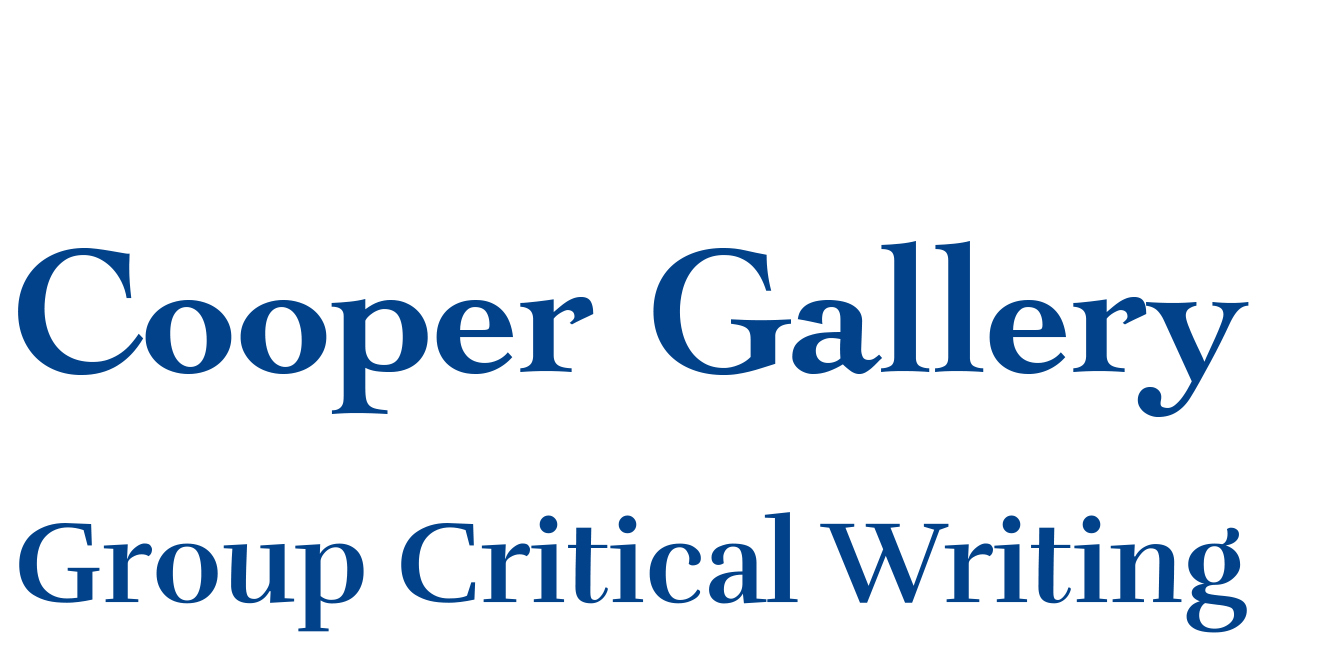Lilly Markaki
♦ (Collaborating) Here. Right Now. ♦
What does it truly mean to be here and in the now?
‘Nothing’, as Linda Nochlin suggested some twenty years ago, ‘is more difficult to seize than the intersection of the self and history.’[1] Attempting to grasp the significance for one’s self of the present moment is a process which, more often than not, transmutes being here now into a question of having been there—what Giorgio Agamben meant, I think, in writing that contemporaneity is ‘like being on time for an appointment that one cannot but miss’. [2]
One simply cannot make the present stand still. In this, the problem with contemporary art history arises: the more it tries to apprehend its object, the more that object is rendered outdated by successive language.
Collaborative artistic practices, however, it seems to me, are here now even when they are not. This, because, in proffering a multiplicity of voices that deprives art of an absolute origin, collaboration resists closed interpretation, thus redirecting our attention from product to strategy. Its presentness and value lie not in the content of a given work, which we may or may not find to be of the current moment, but in the nature of its method as inclusive and dialogical. Indeed, as David Barrett has written, ‘it always affects the viewer’s understanding of a work of art when it is known that it has been produced collaboratively, even if this has only a minimal bearing on the work.’ [3] For, mere knowledge of the artist’s subjectivity having been compromised can be enough to allow that of another, i.e., the viewer’s, to come into play. And, I am reminded here of one more text, this time by an artist, Lucy Skaer, who, discussing the collaborative practice of Henry VIII’s Wives, has stated:
As a group we are constantly involved in discussion while we work. Sometimes a piece changes dramatically and mutates into something that we cannot recognize as our own. . . . We can look at it in a way that is almost objective. . . . The playfulness acts to transmit social and political commentary. [4]
‘Seeing is [placed] on a continuum with acting.’ [5] The exhibition space is transformed into an arena of commonality for the negotiation of social life and identity. The combined effort of the artists in itself fosters, ideally, a culture of sharing; and, sharing is, arguably, what makes being here meaningful right now.
[1] Linda Nochlin, quoted in Moira Roth. ‘Of the Self and History: Exchanges with Linda Nochlin’, Art Journal 59, no. 3 (Autumn 2000): 18, Jstor.org.
[2] Giorgio Agamben, What Is an Apparatus? And Other Essays (Stanford: Stanford University Press, 2009), 46.
[3] David Barrett, ‘Co-Operating Then and Now’, Collaborative Arts.
[4] Lucy Skaer, ‘If You Go First and I Remain’, Afterimage 27, no. 3 (November 1999): 6. Nikos Papastergiadis, ‘The Global Need for Collaboration’, Collaborative Arts, September 2011.
♦ ♦ ♦
Biography
Art history AHRC-funded MLitt grad, studying Art:Politics:Transgression at the University of Glasgow. Affiliate exhibition assistant at the Hunterian for Lucy Skaer, a display forming part of GENERATION. Reach out: @artlang_
